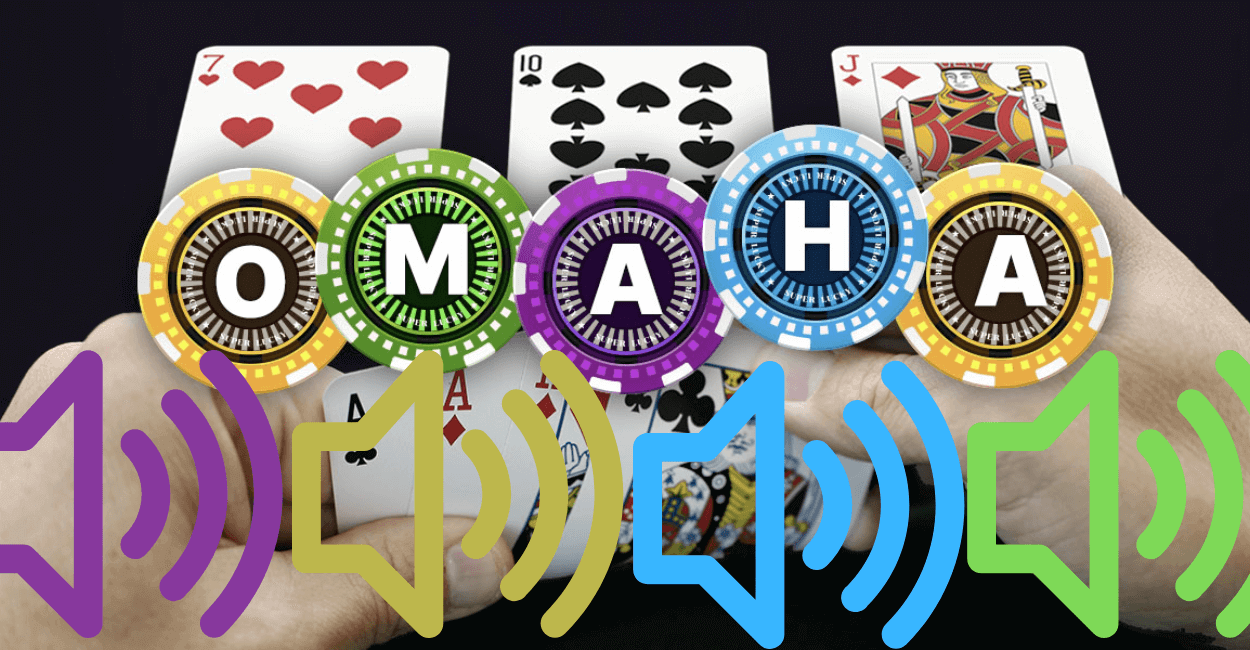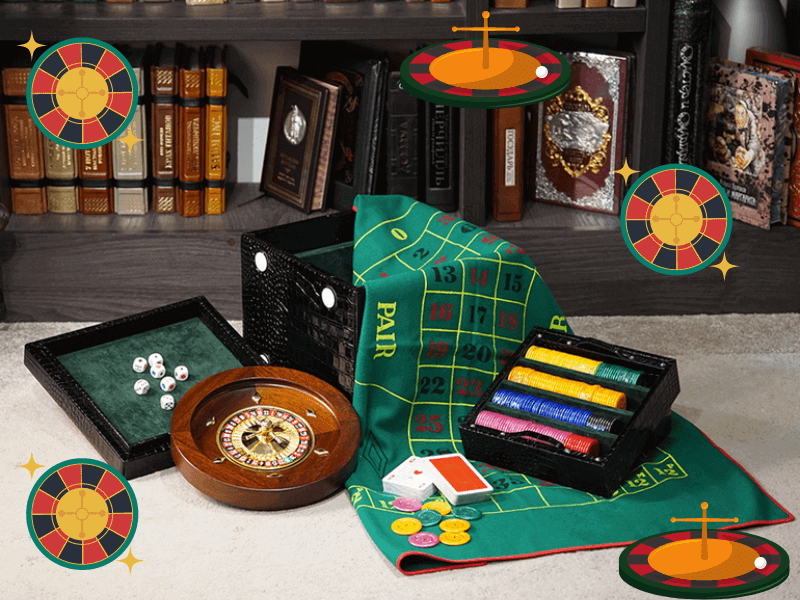If you’re looking to learn how to play Omaha Poker, you have come to the right place! This article is going to provide you with a few tips and tricks to help you become a better Omaha poker player. Read on to learn how to win at Omaha and you’ll soon find yourself on your way to becoming a pro in no time.
Limits in Fixed-Limit Omaha
One of the most popular forms of poker is Pot-Limit Omaha. It is played with three community cards and a flop. The player who has the best five-card hand wins the pot.
A Pot-Limit version of Omaha can be played with anywhere from 2 to 10 players at a table. There are rules on betting, however, and it can be slower than No-Limit versions.
In a pot-limit version of Omaha, the small blind and big blind are equal in value. This means that the amount of money that you start with will determine how many raises you can make in the game.
Fixed Limit is another variation of Omaha. Similar to pot-limit, it allows a player to raise the pot as much as four times. However, it does not encourage the folding move that is common in no-limit poker. Instead, it applies limits to each game.
When playing Omaha with limit, it is important to be patient and not go all in before the flop. After the flop, it is important to keep your nuts. Otherwise, you may end up with a bad hand.
Limits in Pot-Limit Omaha
Pot Limit Omaha poker is an exciting game with a wide range of possible hand combinations. In fact, there are almost as many possibilities as there are cards. This makes the game popular among a lot of players.
Unlike No Limit Hold’em, Omaha poker has more open betting, which means you can represent a wider range of hands. The best way to play this type of poker is to start with good hands and then expand upon them. It is also a great game for players to learn the ropes of poker.
Omaha is one of the most popular games on the internet. You can find it at all major live and online operators. During peak times, you can find 25 to 50 tables. But if you want to get in on a game with less traffic, you will need to look for a smaller stakes Omaha game.
Omaha has a number of variations, including Fixed Limit Omaha. Fixed limit Omaha is a great game for beginner players. If you don’t have a lot of experience, you can play this version without having to worry about bluffing.
Limits in No-Limit Omaha
There are two ways to play Omaha. The first is the standard pot-limit game, which is the most popular. It’s a great way to test your skill and challenge stronger players. However, it can also be played as a no-limit poker game. You can bet up to the limits you’re comfortable with and enjoy a more relaxed environment.
Another way to play Omaha is by using a High/Low split game. This will allow you to win big with any hand, as long as you pair or flush. A good rule of thumb is that a majority of poker hands are won with straights and flushes.
When playing the high/low version of Omaha, you’re going to need a bit more skill to do it right. You’ll also need to worry about freerolling. Many players find this a little intimidating, so make sure to get the basics down before you go all in.
If you’re not ready to take on the full stakes of No Limit Hold’em, you can always try your hand at Fixed Limit Omaha. While this format requires a bit more effort, it can help you avoid the biggest mistakes.
Omaha Hi-Lo
Omaha Hi-Lo poker is a variation of Pot-Limit Omaha that is played with a fixed-limit betting system. It is similar to Omaha Hold’em, but the goal is to make the highest hand, which awards half the pot to the winner.
In this type of poker game, players must use two hole cards and three community cards to create their low and high hands. They can also mix and match their hand. A good starting hand for Omaha Hi-Lo includes at least two low cards. Alternatively, a strong starting hand is a king suited with at least one low card.
Omaha Hi-Lo is a fast-paced, high-action game that’s fun to play. Whether you’re playing for the high or low half of the pot, you can win big by knowing how to play the game.
The key to playing Omaha Hi-Lo is knowing how to read hands. To do this, you’ll need to know how to read a flop, which is the first card faced down. For example, if someone has a nut straight, you’ll know that the flop is a good time to fold. On the other hand, if a flop is competitive, you’ll want to be sure to play for a high hand.


